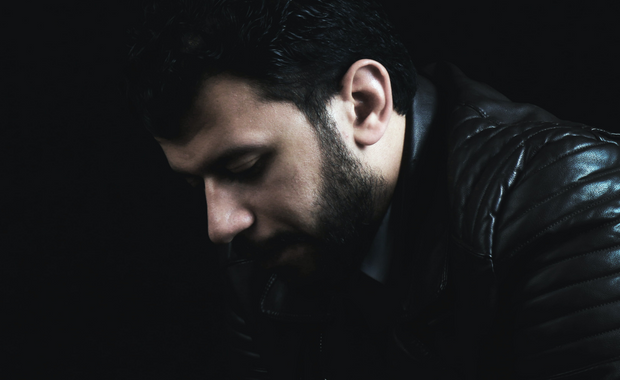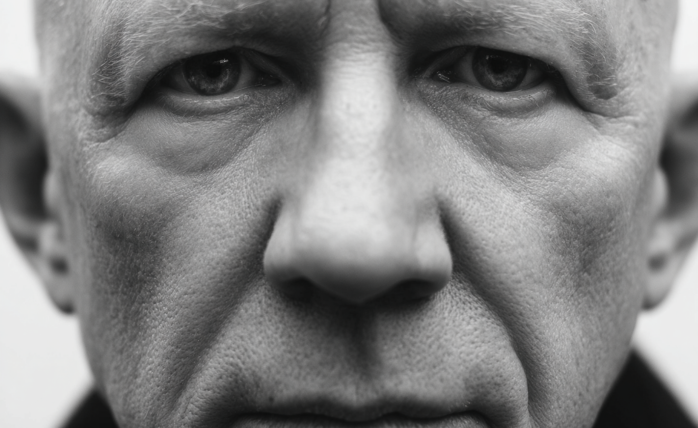Change Your Mindset
How to Think Like a CEO for Your Future Success
A blueprint for CEOs to draw a disciplined strategy

Strategic thinking helps CEOs build successful businesses. It helps them establish everlasting enterprises. It is one of the key elements of decision-making. It is different from strategic leadership. It differentiates between leaders from managers.
The strategy is the means and mechanism through which organizations accomplish their goals and objectives. It is the process of preparing for the future by scanning the internal and external environment and weighing the strengths and weaknesses of competitors and creating the future.
It is to reciprocate with the counter moves and actions as per the tactics of competitors to stay ahead of the game. Michael Porter defines, “Strategy is about setting yourself apart from the competition. It’s not a matter of being better at what you do – it’s a matter of being different at what you do.”
The strategy helps identify what is holding back to reach the next higher level. It is not a popularity contest. It helps please the majority of customers, not all customers.
The strategy is fundamentally a set of choices the leaders make across the value chain. So, leaders should not try to be the best but to be unique to stand out from the rest.
Strategy versus tactics
Corporate strategy involves a judicious blend of strategy and tactics. CEOs must work in trenches and blend strategy and tactics effectively to build successful businesses. They must keep their language simple and straight to enable a layperson to understand and implement their strategy. They must be strategic thinkers blending both strategy and tactics.
To be a strategic thinker, you must dream bigger, think bigger, see the big picture, and understand the tactics. When you want to succeed as an entrepreneur you must combine strategy and tactics.
Here are some differences between strategy and tactics. Strategic thinking is doing the right things while tactics are doing things right. The strategy is a long-term blueprint which is usually fixed while tactics are flexible and change as per the issue and prevailing scenario.
The strategy emphasizes long-term solutions while tactics emphasize short-term quick-fix solutions. The strategy is proactive while tactics are reactive. The strategy is done above the shoulders while tactics are done below the shoulders.
The strategy is unstructured and focused clearly while tactics are structured and executed effectively.
The strategy is creative while tactics are analytical. The strategy is external-focused while tactics are internal-focused. The strategy is difficult to evaluate while tactics are easy to evaluate.
The strategy is at the senior level while tactics are at middle-level management. The strategy is intangible while tactics are tangible. Strategy deals with general aspects while tactics deal with specific aspects.
Tactics are a subset of strategy. Succinctly, strategy is an end while tactics are the means to accomplish the ends.
Characteristics of strategic thinkers
Strategic thinkers are optimistic and confident. They are curious by nature and are always out of their comfort zone. They explore and experiment with new things. They don’t stick to time-tested tools and techniques because they know that what worked in the past may not work now and in the future.
They think from multiple perspectives and change their tools and tactics from time to time. They cannot be predicted by others. They are proactive, status quo ante, and think long-term.
Strategic thinkers are part of the solution, not the problem. They look at the root of the problem and address them earnestly and effectively. They solve the problem, not the symptom. They start with the end in mind.
They don’t wait to seek complete information on issues. They work with the existing information and utilize the tools they have without blaming circumstances and others. They neither overestimate nor underestimate their and others’ abilities.
They remain calm during crises. They reflect a lot. They are risk-takers, embrace change wholeheartedly and thrive on uncertainty. They are curious, creative, and adaptable. They are voracious readers. They change their tools and tactics from time to time to avoid being checkmated by others and stay ahead of the race.
They strive for excellence, not perfection. They act and don’t react to the challenges. They are persistent to resolve the challenges and are aware that it is often the last key in the bunch that opens the lock.
How to improve your strategic thinking?
Strategic thinking is a unique approach to examining challenges analytically and connecting them logically to predict the future. It involves predicting what is likely to happen and creating the future accordingly.
It helps view issues from multiple perspectives and makes mindful decisions. It is a mindset and a way of life for leaders and CEOs within organizations. Strategic thinking skill development transforms unproductive time and activity into productive time and strategic activity. Strategic thinking is both born and bred.
It is partly gifted through genes and partly developed by thinking strategically and through practice. It can be honed by various means including reflecting, connecting the dots, leveraging your whole brain, empathizing, and making decisions through head, heart, gut, and intuition.
You can improve strategic thinking by avoiding preconceived notions, having an open mind, listening carefully, and asking appropriate and meaningful questions.
You must see the invisible. Build networks that help you scan the horizon. Get at the root of the issue. Be steady. Gather information from multiple sources and synthesize them to build your own perspective to make decisions. Take feedback to improve your strategic thinking.
To summarize, strategic thinking exists in all humans but only a few discover and channel it effectively to accomplish their goals. When you want to achieve big in your life, you must hone it regularly by coming out of your comfort zone.
A blueprint for CEOs to draw a disciplined strategy
Strategic thinkers see the big picture, scan the environment, and weigh the pros and cons before making decisions to create the future.
Here is a blueprint for CEOs to create a strategy.
Identify the forces and factors that are tangible and intangible. You can easily address the tangible forces and factors but it is a Herculean task to identify and address the intangible forces and factors.
Therefore, CEOs must emphasize more on intangible forces to address organizational issues. It is easier said than done. They must draw a diagram dividing into tangible and intangible forces. They must divide the diagram further from tangible forces and imagine the forces that are intangible.
To conclude, there is an urgent need to improve strategic thinking at all levels of management especially at the top-level management to achieve organizational excellence and effectiveness.
Life
10 Research-Backed Steps to Create Real Change This New Year
This New Year could finally be the one where you break old patterns and create real, lasting change.

Every New Year, we make plans and set goals, but often repeat old patterns. (more…)
Change Your Mindset
The Silent Skill That Makes People Respect You Instantly
What truly earns respect and why most people go about it the wrong way

Everybody craves respect but not everyone earns it. Some people believe that a title, years of experience, or a position of authority automatically entitles them to respect. (more…)
Change Your Mindset
How to Turn Your Mind Into Your Greatest Asset (Instead of Your Enemy)
The thoughts you feed your mind today quietly become the life you live tomorrow.

The human mind has two parts: the conscious mind and the subconscious mind. Both work together, but each has a very distinct role in shaping your life, decisions, habits, and results. (more…)
Did You Know
The Success Patterns You Inherited (And Didn’t Notice)
Your family history may hold the key to why you think, act, and feel the way you do today.

Who are you? Your experiences and your family’s narratives and legacies contribute to your identity. Your ancestry contains individual traits and forces that have been inherited over the years. It also carries the fights and victories of your forebears and older family members. (more…)
-

 Did You Know4 weeks ago
Did You Know4 weeks agoThe Success Patterns You Inherited (And Didn’t Notice)
-

 Entrepreneurs3 weeks ago
Entrepreneurs3 weeks agoThe Essential Skills Every Entrepreneur Needs In 2026
-

 Change Your Mindset3 weeks ago
Change Your Mindset3 weeks agoHow to Turn Your Mind Into Your Greatest Asset (Instead of Your Enemy)
-

 Change Your Mindset3 weeks ago
Change Your Mindset3 weeks agoThe Silent Skill That Makes People Respect You Instantly
-

 Life2 weeks ago
Life2 weeks ago10 Research-Backed Steps to Create Real Change This New Year
-

 Tech2 weeks ago
Tech2 weeks agoWhat’s in a Name? How to Get Your Domain Right
-

 Did You Know1 week ago
Did You Know1 week agoHow Skilled Migrants Are Building Successful Careers After Moving Countries
-
Success Advice3 days ago
Dolphin’s Pearl Ports, A real income Casino slot games & 100 percent free Gamble Demonstration
























